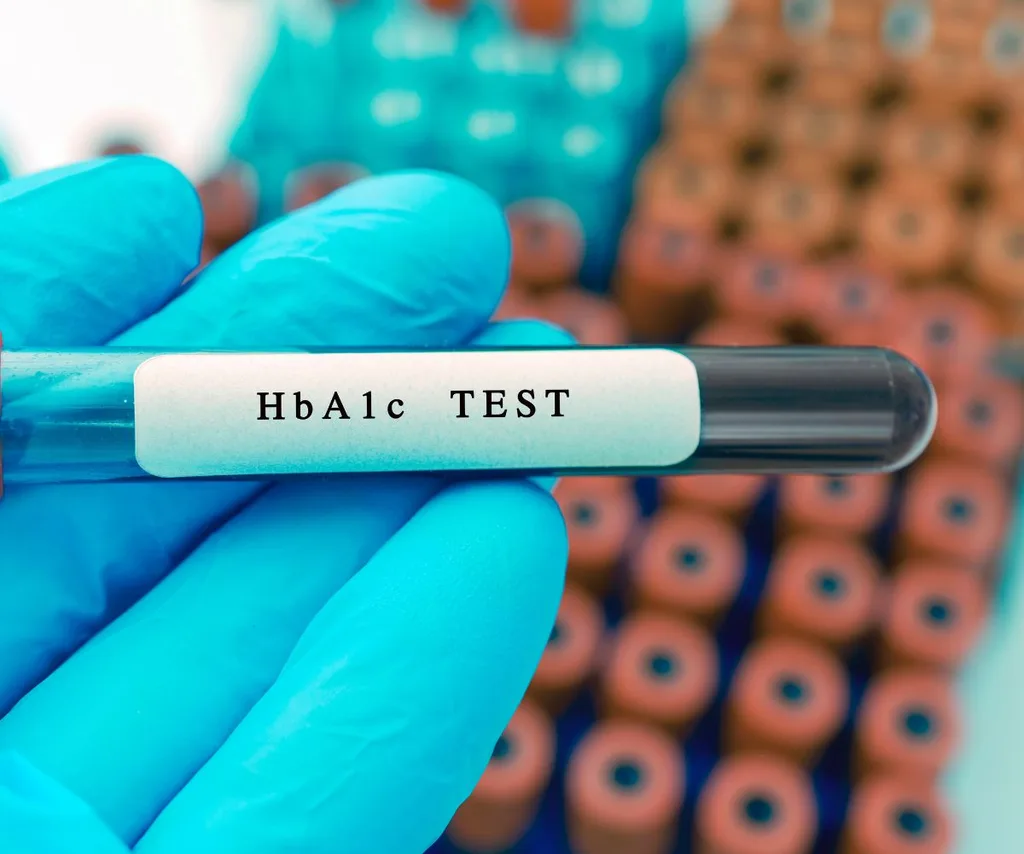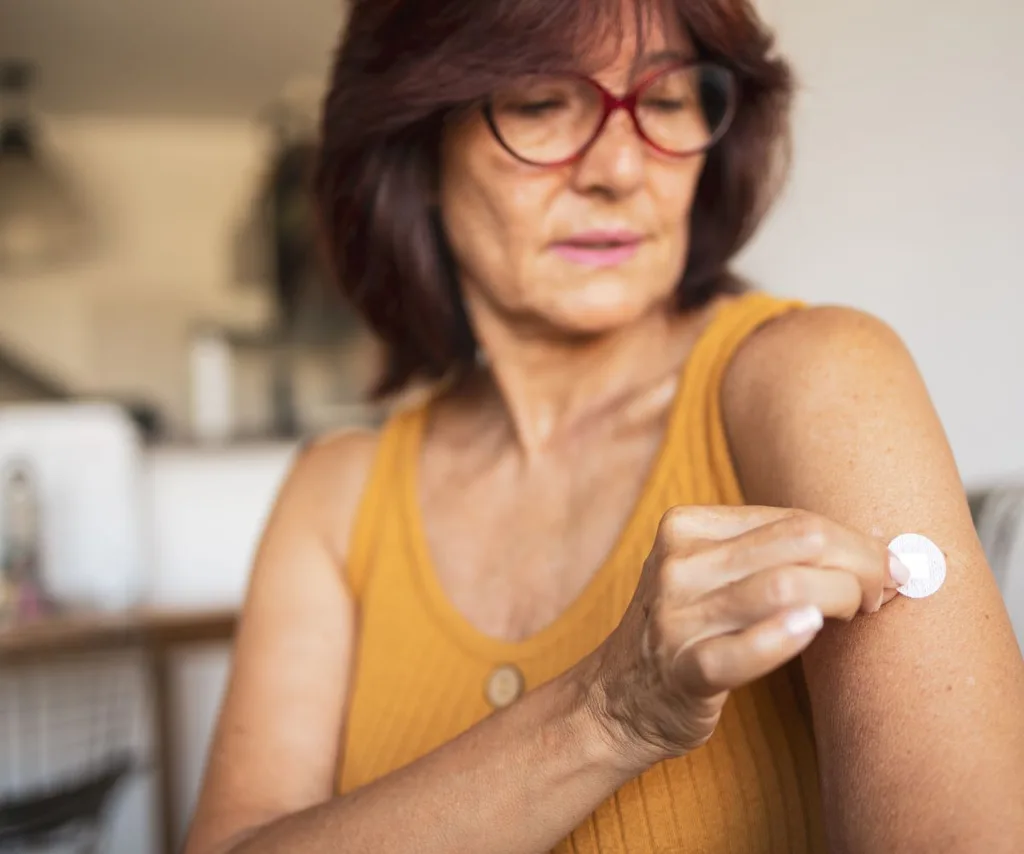Most of us have a basic understanding of diabetes thanks to years of campaigns and greater awareness. However, many women aren’t aware that menopause can create additional challenges for those who have this condition while also increasing the likelihood of developing type 2 diabetes.

Endocrinologist Dr Sheila Cook says declining oestrogen levels affect the way the body responds to insulin. This can lead to increased insulin resistance, which can increase our diabetes risk while making it more difficult to lose weight. “At the time of menopause, the oestrogen levels go down, and with that, the response to insulin decreases,” she explains.
More than 1.3 Australians live with diabetes but many go undiagnosed. “About 50 per cent of people with diabetes don’t know they have it,” says Dr Cook.
HOW IT HAPPENS
Diabetes occurs when insulin isn’t able to adequately move glucose into our cells. While the mechanisms behind type 1 and type 2 diabetes are different, both result in high blood sugar that can lead to serious complications.
While type 1 diabetes is mostly diagnosed in young people, our risk of developing type 2 diabetes increases as we reach the change of life. If you’re heading towards this stage, Dr Cook says it’s a good idea to ask your doctor if it’s time to take a HbA1c blood test, which screens for type 2 diabetes.

“If you have a family history of diabetes, if you’ve had problems with weight or if you’ve had polycystic ovarian syndrome, those people should be having HbA1c tests probably every one to two years,” Dr Cook adds.
TYPE 1 DIABETES & MENOPAUSE
Menopause, a topic that Sophie, Countess of Wessex, has opened up about candidly, can also bring challenges for women who have been living with diabetes for years, including those who have type 1 diabetes.
For Stacey Moragiannis, 52, type 1 diabetes has been a daily reality since she was diagnosed at the age of six. Despite years of visiting doctors and learning how to manage her condition, Stacey says she only found out about this connection when she began developing perimenopause symptoms.
“The reason I knew that I was going through perimenopause was because my blood sugars were erratic,” explains Stacey, who also noticed other signs like sleeplessness, fatigue and irritability. “I know my body, I know all the challenges. So when it was completely erratic, I knew something was up.”
After reading up on diabetes and menopause, Stacey took the next step and consulted her doctor to discuss using treatments like hormone therapy in conjunction with her current medication. Because menopause isn’t widely talked about, it’s important to ask questions.

“My advice to other women out there is to be aware of your body and its changes,” she says. “Speak to your doctor, speak to your other girlfriends or female work colleagues, get out there and understand what’s going on. Just read up about it and know about it.”
PCOS & MENOPAUSE
Polycystic ovarian syndrome (or PCOS) is a condition that affects around eight to 13 per cent of women of reproductive age. The symptoms are different for everyone, but some of the common signs include irregular periods, weight gain, fertility issues, thinning hair, excess body hair, acne and oily skin.
Insulin resistance is another common feature, and Dr Cook says patients with PCOS are more likely to develop pre-diabetes, particularly as they reach their 40s.
Women with PCOS also produce heightened levels of testosterone, which can continue for 10 or more years after menopause. As a result, their symptoms can become more noticeable after they reach the change.
“As testosterone increases, this actually causes more insulin resistance than would otherwise occur,” Dr Cook explains. “When we look at those women who have polycystic ovarian syndrome, it’s even more important that they know about how to combat insulin resistance.”
MANAGING MENOPAUSE

Losing weight can be more challenging after menopause, but Dr Cook says it is possible. Some of the best lifestyle strategies to combat insulin resistance include exercise, getting enough sleep, and eating a healthy diet that’s low in sugar and high in protein and healthy fats.
Dr Cook also says menopause hormone therapy (MHT) can work wonders. While some women avoid hormone treatments due to concerns that they might cause breast cancer, she says many of these reports were incorrect and we now know that it’s safe for the majority of patients.
Modern forms of hormone therapy are also much safer than older oestrogen tablets, which were linked to a risk of developing blood clots.
“The oestrogen we now use goes through the skin, so that comes as a gel or a patch. And it’s very safe,” Dr Cook explains.
While diabetes is a serious medical condition, it can be managed. The most important step is to get diagnosed, so talk to your GP about your risks.
“We’ve got good treatments,” says Dr Cook. “If you know about it, you can act on it.”

